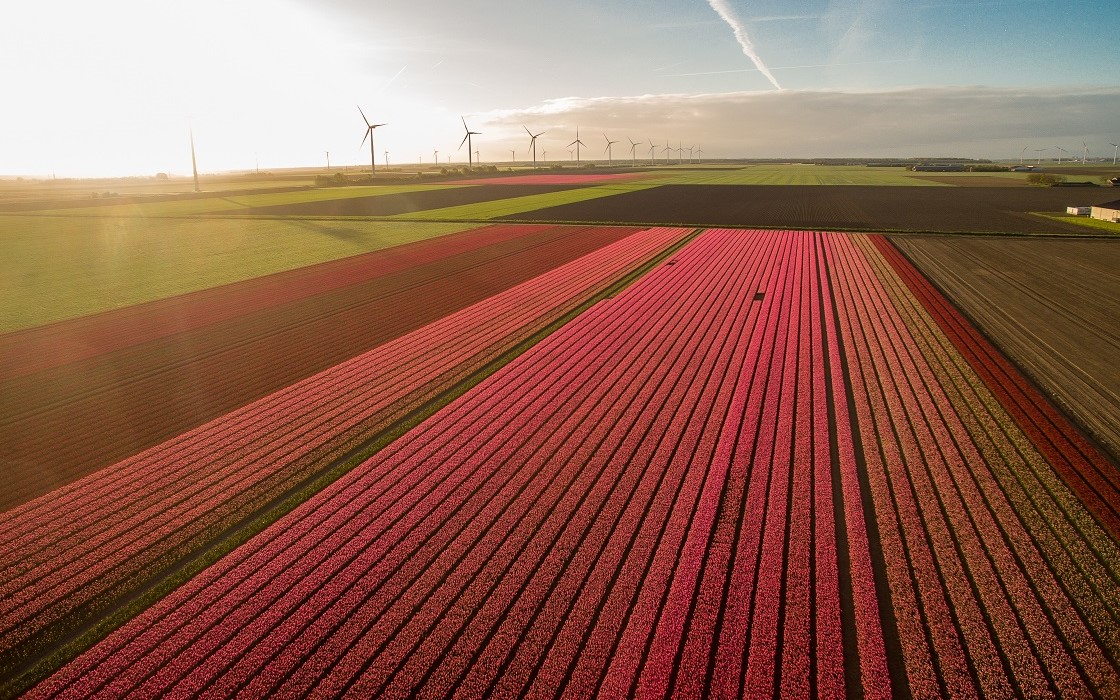
© Daan Steijnen van Eck
Everybody knows about our tulips
Why is that and what else is there?
Hortus Botanicus
Tulip mania

© Patricia Rehe via ANP
Sustainable floriculture
The "green" flower
Modern cultivation
Mindful of the climate

© Robin Utrecht via HH / ANP
The Bollenstreek
Flowers as far as the eye can see
The Netherlands in bloom

© VIDIPHOTO via Hollandse Hoogte
Remarkable flower fields
More than just the Bollenstreek


















